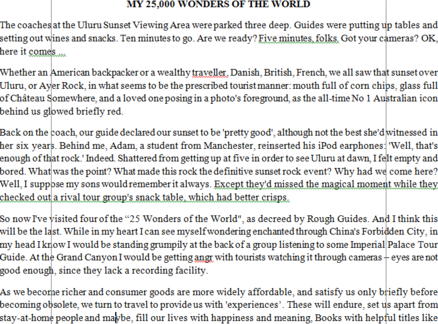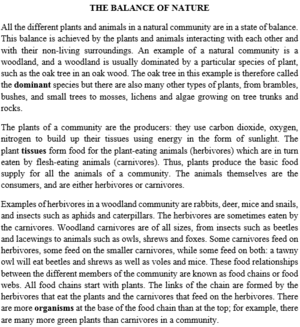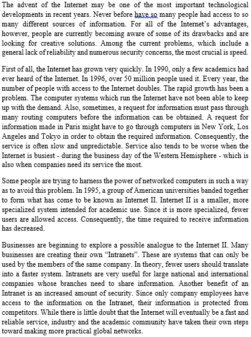Read the following passage mark the letter A, B,C or D on your answer sheet to indicate the correct answer to each of the following questions:ROOTED IN THE PAST Good manners are a treasure to the people who possess them, as well as to the community they live in. Manners are taught, learnt, and passed from generation to generation.Even hundreds of years ago, children were taught to behave responsibly. They learnt to respect seniority. When they passed an object to another person, they had...
Đọc tiếp
Read the following passage mark the letter A, B,C or D on your answer sheet to indicate the correct answer to each of the following questions:
ROOTED IN THE PAST
Good manners are a treasure to the people who possess them, as well as to the community they live in. Manners are taught, learnt, and passed from generation to generation.
Even hundreds of years ago, children were taught to behave responsibly. They learnt to respect seniority. When they passed an object to another person, they had to use both hands. When they entered a room, they had to bow and greet the oldest person first. Boys learnt to work hard to support their families. Girls learnt to do housework, and to take care of others. Loyalty and honesty were highly appreciated. When they made a mistake, they would not let another person be punished for it. That would be cowardly and mean. They were taught that families were strong, and everybody should stick together in adversity.
Fortunately, many of these values have been well preserved. They have contributed to making the unique Vietnamese culture, and strengthening our society.
Question 28. Good manners are _______________________.
A. of great value B. of the community
C. traditional D. only for the old
Question 29. What was seen as a boy’s main duty?
A. to respect seniority B. to support his family
C. to do housework D. to share good things
Question 30. The sentence: ‘When they made a mistake, they would not let another person be punished for it,’ means they would _______________________.
A. deny their mistake B. admit their mistake
C. keep it a secret D. be punished
Question 31. The underlined word ‘they’ refers to _______________________.
A. tradition B. generations C. children D. seniority
Question 32. ‘... cowardly and mean’ is used to describe _______________________ behaviour.
A. acceptable B. good C. proper D. unacceptable
Question 33. This passage is about_______________________.
A. people who possess good manners
B. what bad manners children in the past had
C. the preservation of bad values
D. good manners and their value






Đáp án B
Thông tin không đề cập trong bài.